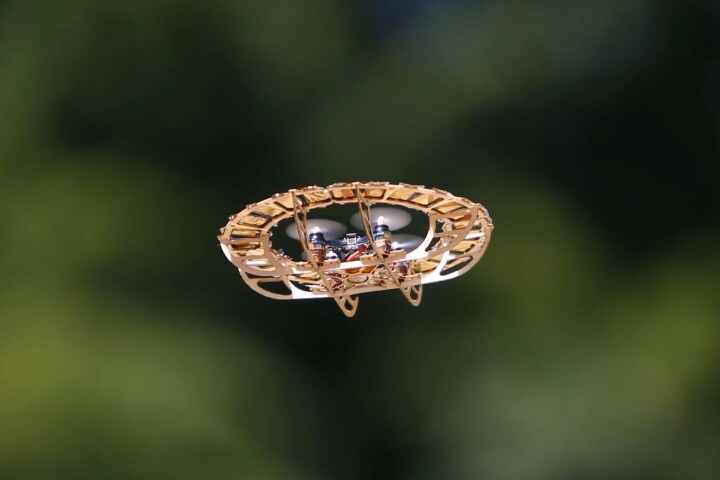Chronic wounds such as diabetic foot ulcers can be very difficult to treat, potentially leading to amputations or even death due to associated infections. A new dressing, however, may be able to heal such wounds while remaining much less expensive than other materials.
Currently, many chronic wound dressings incorporate harvested natural biological tissue. Obtaining those tissues from donors – and working them into the material – is typically a very complex process. According to Michigan State University (MSU), this means that such dressings may ultimately cost up to US$1,000 each.
Seeking a more affordable alternative, an international team led by MSU's Asst. Prof. Morteza Mahmoudi has instead looked to collagen, which is the main structural protein in the extracellular matrix of the body's connective tissues.
The dressing has a three-dimensional scaffolding-like microstructure, made up of interwoven nanofibers of collagen and other biopolymers. When applied to a wound, the scaffolding serves the same purpose as the skin's extracellular matrix, acting as a sort of "roost" for adjacent skin cells to migrate into and reproduce.
Added to the nanofibers are the protein FSTL-1, which prompts blood vessels to regenerate; iron oxide nanoparticles, which help prevent infections by stimulating immune cells and killing bacteria; and amino acids known as peptides, which keep the immune response from becoming too aggressive.
The dressing itself is transparent, so caregivers don't have to remove it in order to visually track the healing process. In fact, they don't need to remove it at all, as it dissolves and is harmlessly dissolved by the body over time.

So far, the material has been tested on 13 patients with chronic wounds, all of whom were cured. The technology is now being commercialized by UK firm PGWC, with hopes that the dressing may eventually be available for only about $20 a piece.
A paper on the research – which also involved scientists from Harvard Medical School, Emory University, Georgia Tech, Rutgers State University, Canada's McGill University, Germany's University of Siegen and Spain's University of Santiago de Compostela – was recently published in the journal Molecular Pharmaceutics.
Source: Michigan State University





